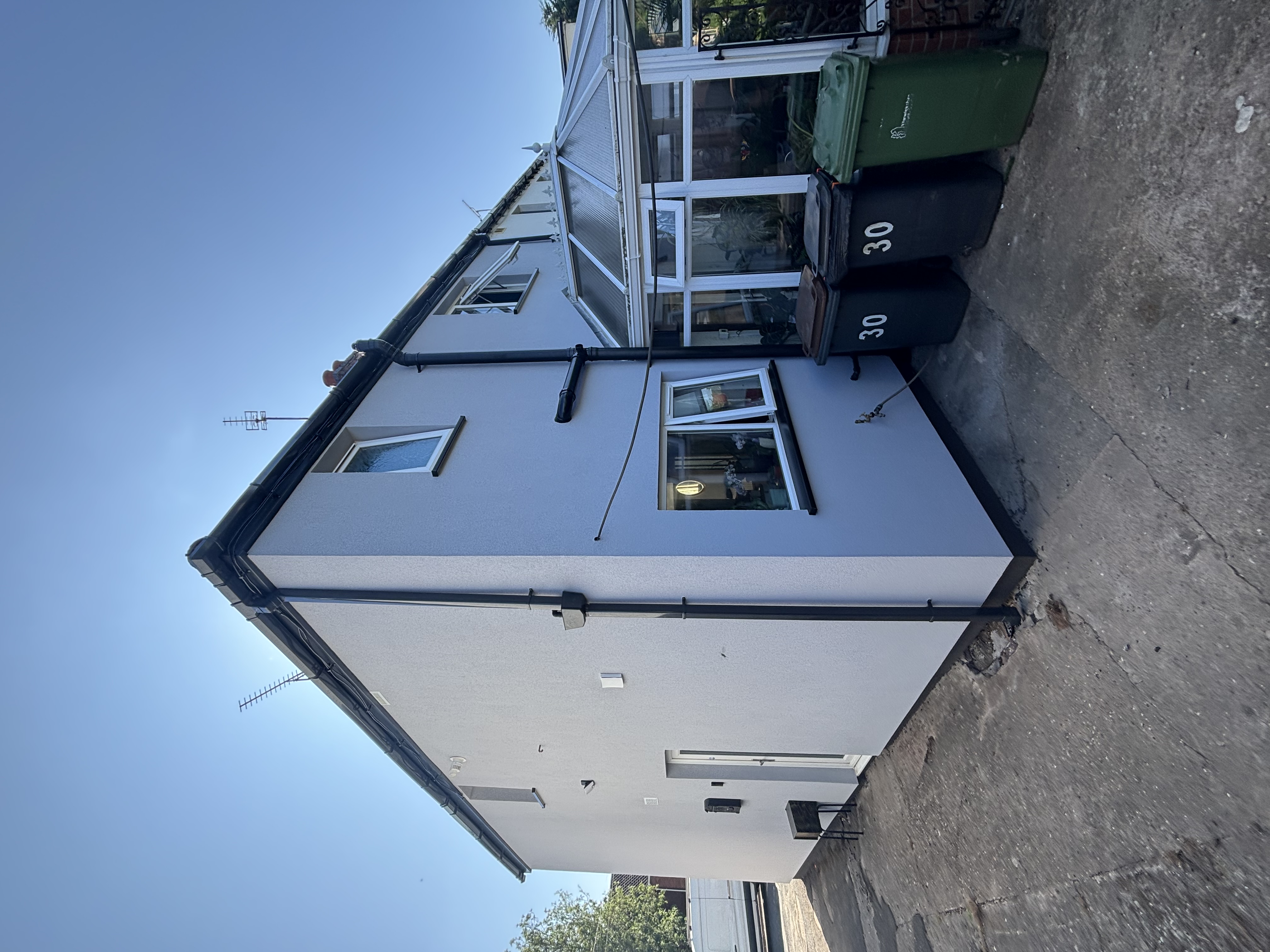
Are you struggling with the pesky issue of energy inefficiency and lacklustre render performance due to thermal bridging? We totally understand. Just like many out there, we've also scratched our heads over this perplexing topic until eventually dedicating some serious time to get our heads around it.
Our blog is here to shed light on how thermal bridging influences solid wall insulation efficiency and impacts render performance – offering you hands-on solutions to amplify your building's energy-saving potential.
So, no dilly-dallying then? Let’s crack on! After all, improved energy efficiency isn't going to wait for us!
Thermal bridging refers to the areas in a building where heat can easily escape due to the presence of materials with high thermal conductivity. This can significantly impact the efficiency of solid wall insulation, leading to increased energy consumption and higher heating costs.
Repeating thermal bridges are common in many buildings. They occur when parts of an object, like timbers in a wall, repeat along its surface. These bridges reduce the insulation's effectiveness and cause more heat loss.
It means energy saving is less than we want it to be. To avoid such issues, it is key to plan well before putting up walls and adding solid wall insulation. High levels of insulation and airtightness help tackle repeating thermal bridges, making our buildings better at holding heat inside during cold days.
Non-repeating thermal bridges are areas in the building where heat can escape or enter more easily than in other parts. These bridges are caused by different materials meeting, like where a timber frame meets a solid wall.
The junctions between these materials create gaps and breaks in the continuous insulation layer, allowing heat to transfer through them. This can lead to bigger energy losses and lower insulation efficiency.
It's important to identify and address non-repeating thermal bridges during the installation of solid wall insulation to ensure better energy performance and prevent condensation issues.
Geometrical thermal bridges are another type of thermal bridging that can affect the efficiency of solid wall insulation. These bridges occur when there is a break in the insulation layer due to the geometry or shape of a building element, such as corners, balconies, or columns.
These areas create pathways for heat to escape through the walls, leading to energy loss and reduced insulation effectiveness. It's important to address these geometrical thermal bridges during the installation of solid wall insulation to ensure maximum energy savings and prevent condensation buildup within the building envelope.
By taking measures to minimize or eliminate these thermal bridges, such as adding additional insulation in problem areas or using thermal breaks between different materials, we can improve the overall energy efficiency and performance of your render system.
Thermal bridging can have a significant impact on the performance of render systems. When there are gaps or breaks in the insulation layer, heat can escape through these areas, leading to higher energy consumption and decreased thermal efficiency.
This can result in increased heating costs and decreased comfort levels inside buildings. To ensure optimal render performance, it is important to address any thermal bridging issues by using suitable insulation materials and techniques.
Another effect of thermal bridging on render performance is the potential for condensation buildup. When warm air comes into contact with cold spots caused by thermal bridges, moisture can accumulate on the surface.
Over time, this moisture can lead to mold growth and damage to the render system. By addressing thermal bridging effectively, it is possible to prevent condensation issues and maintain a durable and reliable render finish.
In summary, understanding and managing thermal bridging is crucial when considering solid wall insulation efficiency and render performance. By addressing these issues properly, it is possible to create more energy-efficient buildings with improved comfort levels while avoiding potential problems like condensation buildup or mold growth.
By considering the design and materials used in building envelopes, as well as ensuring proper insulation installation, we can achieve higher energy efficiency and better overall performance in our buildings.

